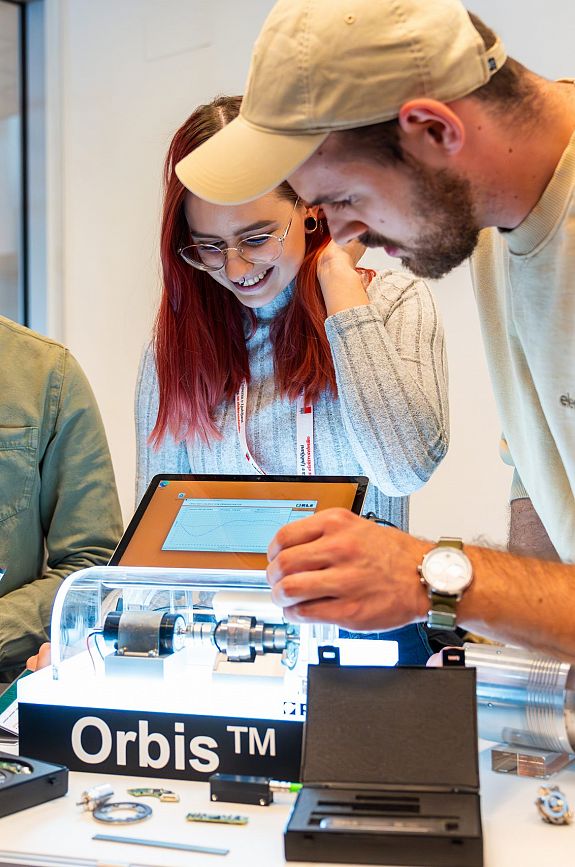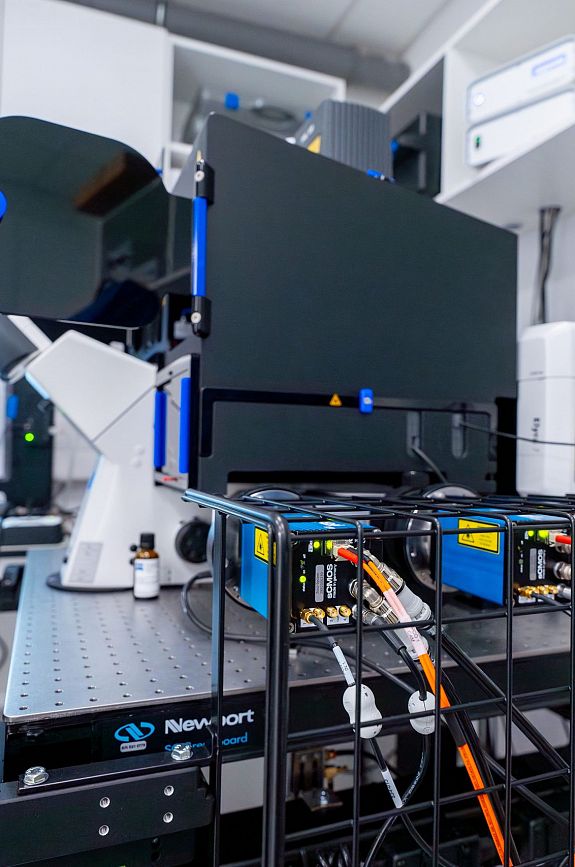[ICTinfo] IoT and OT threats will grow this year
Date of publication: 17.1.2023Threats to Operational Technology (OT) systems and Internet of Things (IoT) devices are growing rapidly and pose significant risks to businesses around the world. Vulnerabilities in OT systems can even threaten national infrastructures, warns Microsoft. Three-quarters of industrial control devices used in OT networks are unpatched and contain severe vulnerabilities, the tech giant says in its new Cyber Signals bulletin. In 2023, we can expect faster cloud integration and a rise in IoT and OT device vulnerabilities, and with it, risks across many industries and organisations, the bulletin predicts. The accelerated spread of IoT is creating new entry points and increasing the potential for attacks, while the growing integration of OT into the cloud is opening up access to less secure parts and increasing the potential for attacks on infrastructures. IDC predicts that by 2025, more than 41 billion IoT devices will be installed in enterprise and consumer environments. Connected devices such as smart speakers, cameras or commercial appliances are often targeted as entry points for attackers. Microsoft warns that the growing convergence of IoT and OT systems with traditional ICT is a compelling reason for organisations to think carefully about cyber threats. OT systems support a range of critical industries, including energy and transport, and cyber-attacks can cause highly damaging economic impacts worldwide. The proliferation of IoT and OT vulnerabilities is a challenge for all organisations, but critical infrastructures are at the greatest risk. Not only destroying them, but also disabling critical services based on them can have very serious consequences, warns Microsoft.
The economy, manufacturing, education and other sectors have been subject to increased pressures and changes in recent years as a result of the pandemic and the measures taken to contain it, as well as the Russia-Ukraine war, as confirmed by various surveys and analyses. The Information and Communication Technologies (ICT) sector is also exposed to similar changes, but at the same time it is able to monitor, assess and control changes not only in its own sector but also in all other sectors, which has been a valuable help to all of them in recent years.
ICT helps businesses and institutions in all industries to organise work, adapt operations, streamline operations, process data, evaluate results, predict trends and discover new opportunities. And they enable schools and universities to implement hybrid forms of teaching and meaningful digitisation of learning processes.
This is why we have decided to publish regular summaries of information, assessments, analyses and studies by research and analyst companies that can help everyone to better monitor, learn about and understand changes and trends and to adapt more successfully to the new ICT era.
Prepared by the Department of Information and Communication Technologies in collaboration with Esad Jakupović




